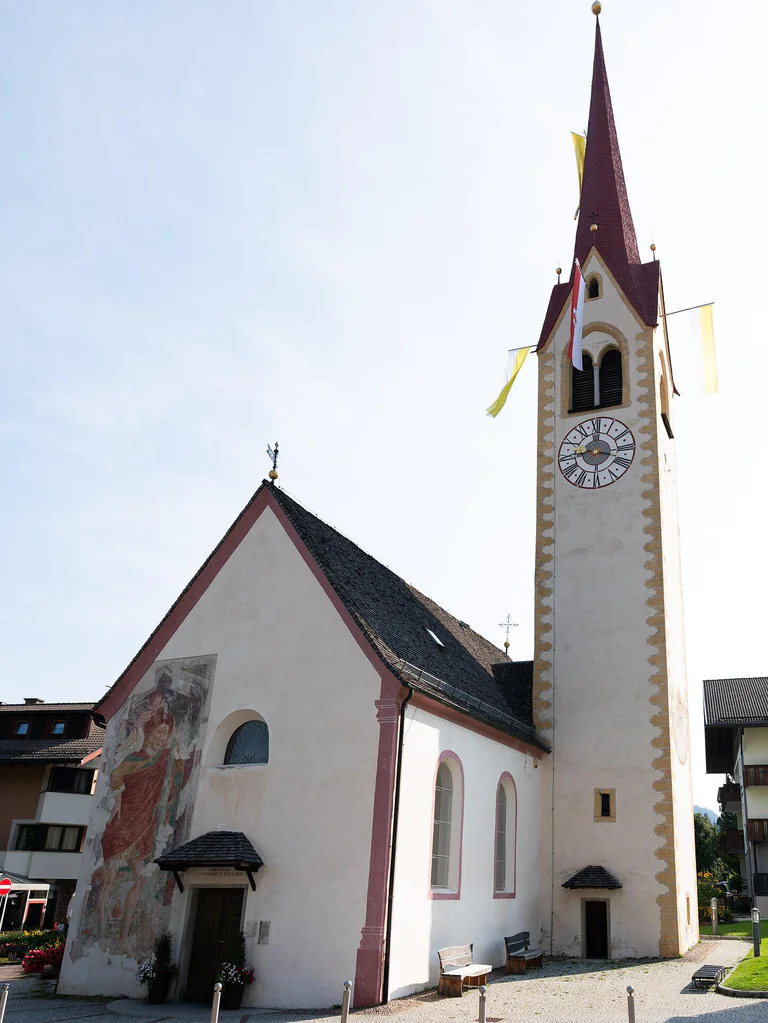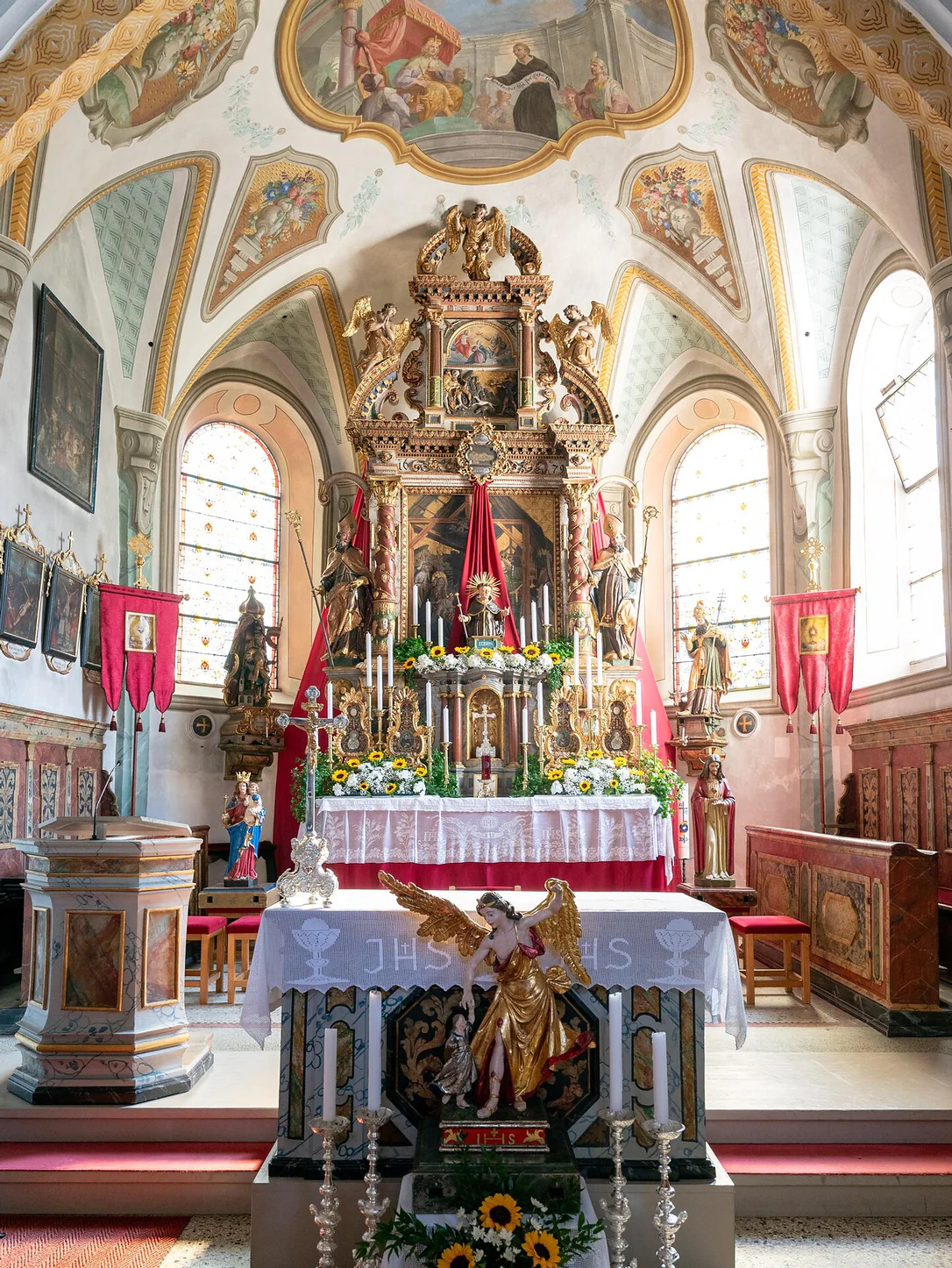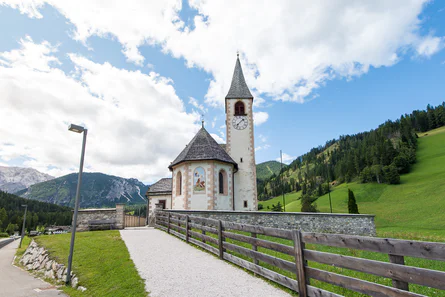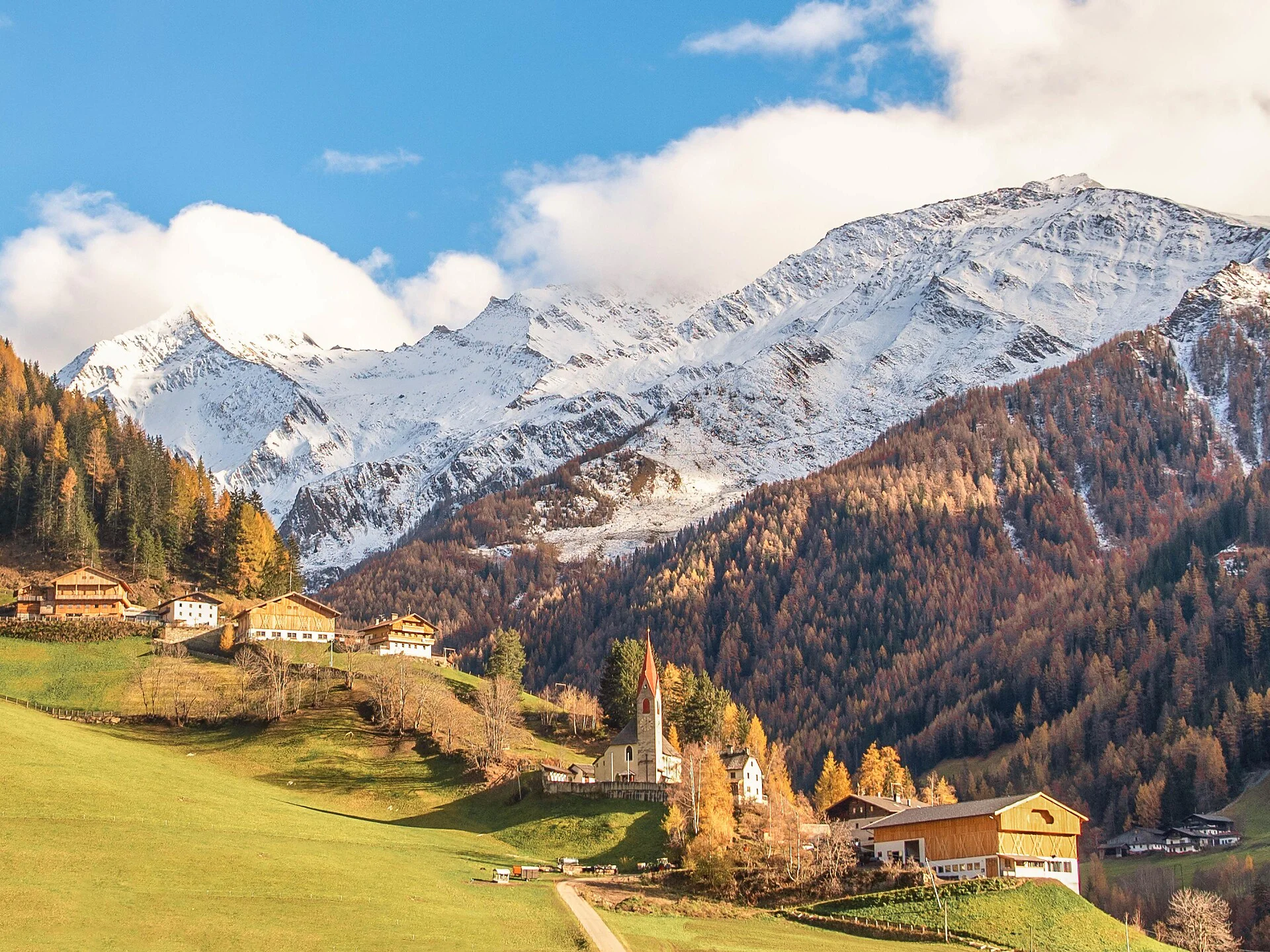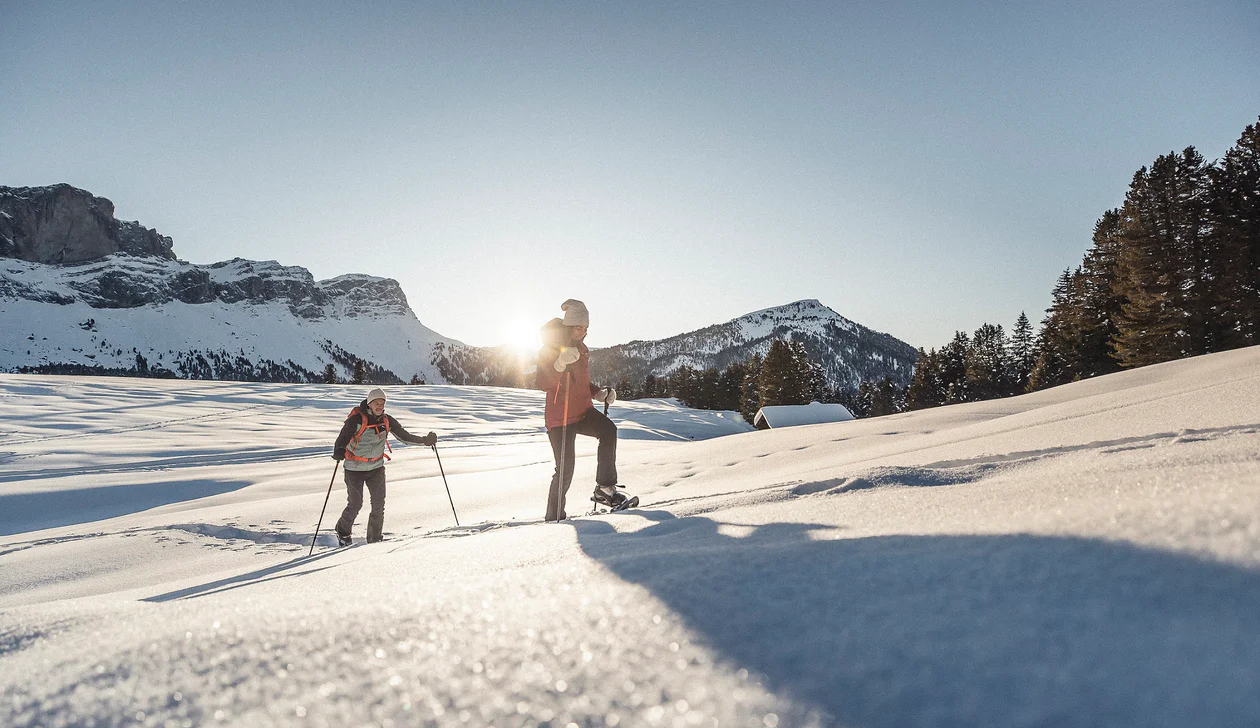The origin of the church Saint Egidio in Mittelolang date back to the period of the High Middleage. According to an ancient parchmen Viktor Gatterer discovered at the beginning of XIX Century in the parish archive of Niederolang, the church could have be consacrated on the 1st September 1138 by the bischof of Briexn Rembert to the Holy Trinity, the Victorious Cross and to the disciple Egidio. One of the fourteen aukiliary saints, Egidio was evoked from shepherd and hunters to be wokshipped as patron saint of livestock and plauge.

